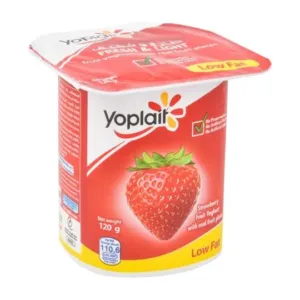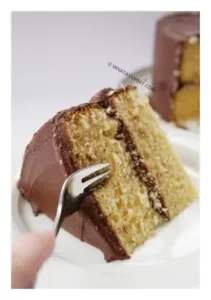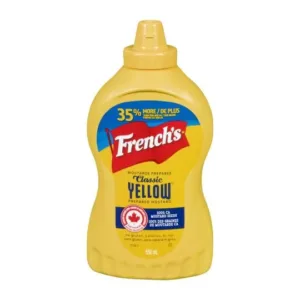
Are Dry Grated Breadcrumbs Keto-Friendly?
As the ketogenic or 'keto' diet continues to be a trending topic, many are left questioning the place of their favored foods in this high-fat, reduced-carb dietary framework. Today, we're putting Dry Grated Breadcrumbs under the microscope. With their capacity to inject an instant crunch and flavor to a range of dishes, this kitchen staple has become somewhat irreplaceable for some. And that sparks one main question on every food lover's mind: Are Dry Grated Breadcrumbs keto-friendly?
Understanding the Keto Diet
Before we dive into the specifics of Dry Grated Breadcrumbs, it's imperative to comprehend the fundamentals of the ketogenic diet. This diet is primarily based on high fat (making up around 70-80% of daily caloric intake), moderate protein, and very low carbohydrate consumption (usually underneath 50 grams of net carbs per day). The objective of this diet? To transition your body into a state of ketosis, where it uses fat as its main source of energy as opposed to carbohydrates.
Nutritional InformationPer (1 Cup (100.0g)):
Per 100g:
| 
Dry Grated Breadcrumbs is not keto-friendly. It's best avoided if you're trying to maintain ketosis. |
Dry Grated Breadcrumbs are a versatile ingredient often used for creating a crispy coating or topping for a range of dishes. Nevertheless, when it comes to its carbohydrates content, this isn't the best choice for a keto diet.
Beyond its macronutrients, dry grated breadcrumbs do contain certain micronutrients, including a minor fraction of iron and a few other vitamins. However, these beneficial elements are shadowed by the high carbohydrate content. Therefore, for those who strictly adhere to a keto diet, dry grated breadcrumbs must be consumed sparingly or avoided altogether to maintain an optimal state of ketosis.





